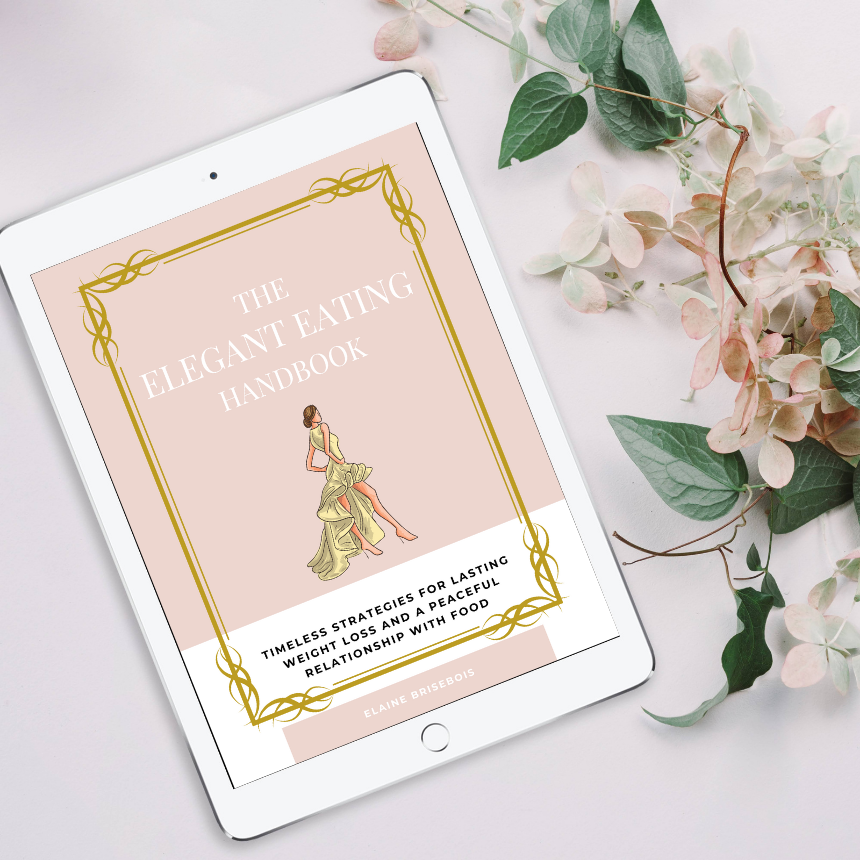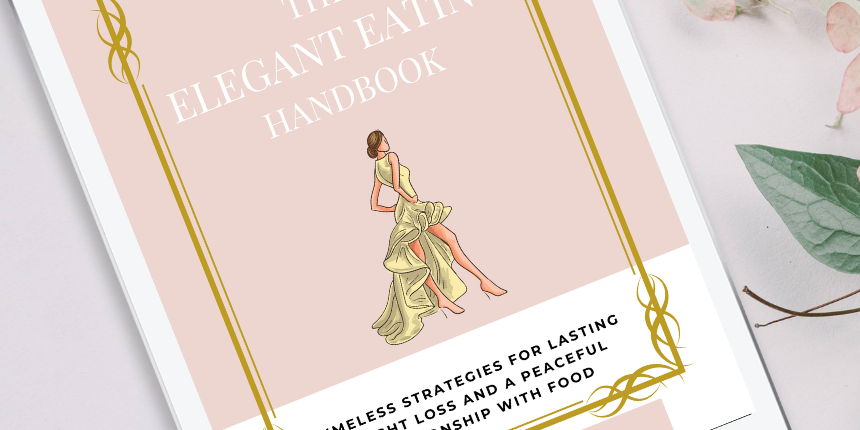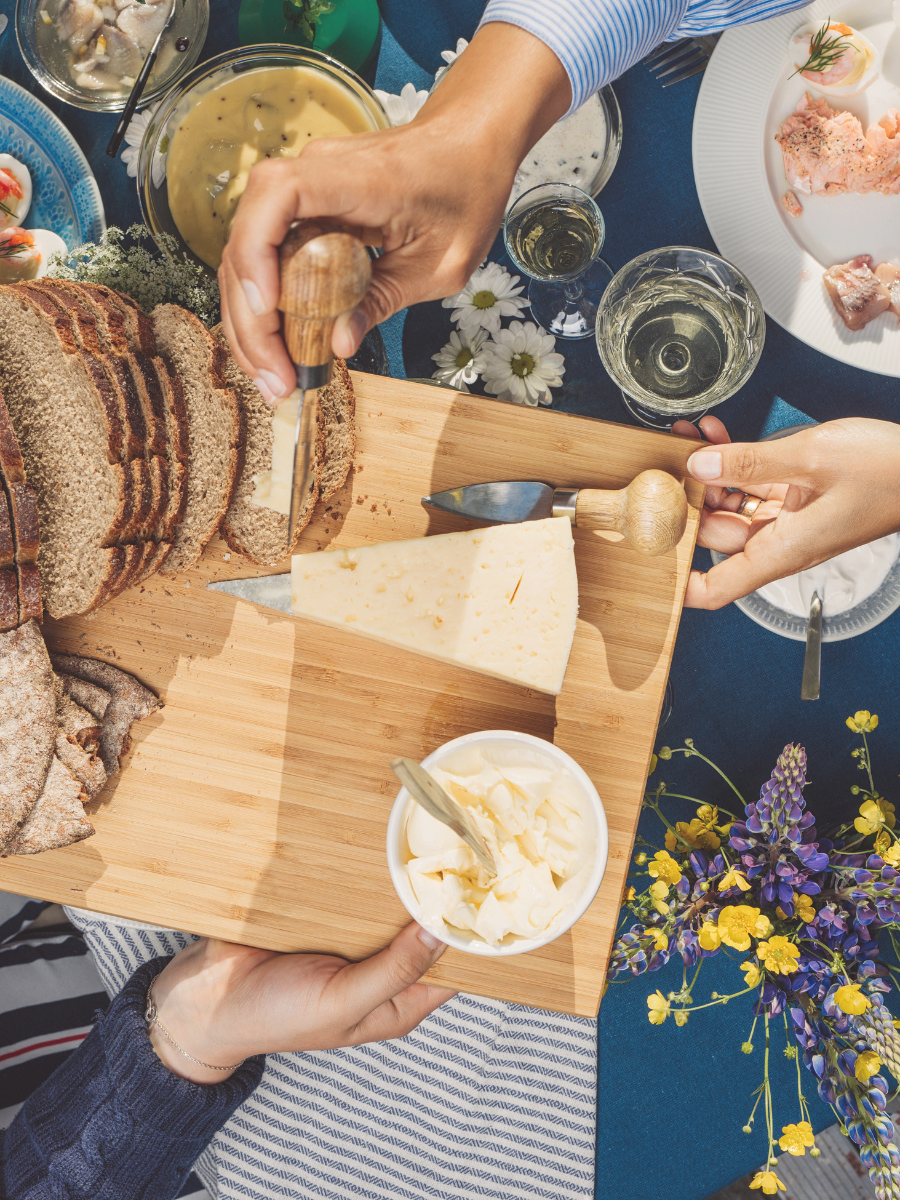I spoke to a client yesterday, and she told me that she couldn’t stop dipping into the Halloween candy that her husband brought home “for the kids.”
Maybe you can relate? :)
(I actually smiled when she told me this because somehow, our household also ended up with a big box of Halloween candy—I thank my fiancé for this;)—even though we had no intention of handing out a single piece of it due to our area’s covid restrictions for trick-or-treating.)
She told me that it was like something had taken over her after having those initial few pieces.
She couldn’t stop herself from eating more, even when she got beyond the point of feeling physically sick.
Since then, she has committed to having NO more candy, however…
Each night after dinner, after the kids have gone to bed, she finds herself dipping back into the stash and eating more than she wants despite her best intentions.
I pointed out that it was an option to donate it or throw it out if she really felt it was that much of a problem. But she felt wrong about this since it was technically for the kids.
The next best option…
Make a plan.
Why don’t you plan to eat it?
Huh??
Yes, rather than fight against yourself when you know deep down you’re going to eat it anyway, why don’t you make a plan to eat it *but* decide ahead of time how many pieces you’ll eat.
For example, maybe you’ll allow yourself to have 2 or 3 pieces rather than the 7 or 8 pieces you inevitably eat when you tell yourself that you’ll have none.
If the time rolls around and you don’t feel like it anymore, you don’t have to eat those pieces you planned on, but at least you know you have the option if you want them.
She was surprised because she thought I would suggest cutting it out completely.
But I pointed out that that approach was already backfiring and clearly not working for her.
Plus, aren’t a few pieces of candy much better if the alternative is a full-blown candy binge? (Which was technically becoming the case each night).
Not to mention, she was beginning to lose trust that she could follow through.
She needed a solution to build back some of that self-trust, not degrade it further.
Why it works
When we make decisions ahead of time, we use our pre-frontal cortex, the part of the brain responsible for “executive functions” like decision-making, problem-solving, planning, and acting with our best interests and goals in mind.
It frees up mental bandwidth.
There is no negotiating with ourselves—no hemming or hawing over whether we should have something or not.
The point isn’t to hold ourselves to some unrealistic standard but to build integrity and trust in ourselves by following through on what we say we’re going to do.
It means that when you’re planning, you make it something achievable that you know you can 100% follow through on (i.e. having two pieces of Halloween candy instead of none).
It helps us move away from that all-or-nothing mentality and still succeed even when we’re not doing it “perfectly.”
Of course, Halloween candy is just one example.
My clients have used this tool to cut back on everything from alcohol to caffeine to overeating.
And I must say this tool has served me very well over the years too.
If you’d like to learn more about implementing this tool into your own life, check out this blog post here: The 24-Hour Plan (Decisions Ahead of Time).

Hi! I’m Elaine, a Certified Nutritionist and Master Certified Health Coach. I support women in achieving their health and body goals while prioritizing a peaceful and balanced relationship with food.

Get a free copy of my handbook!
The Elegant Eating Handbook: Timeless Strategies for Lasting Weight Loss and a Peaceful Relationship with Food.
share with friends
keep reading...





[…] may choose to keep them in as planned exceptions and occasional treats – occasional being the operative word (more on this in chapter […]
[…] Making Decisions Ahead of Time […]
[…] You make a decision ahead of time. […]